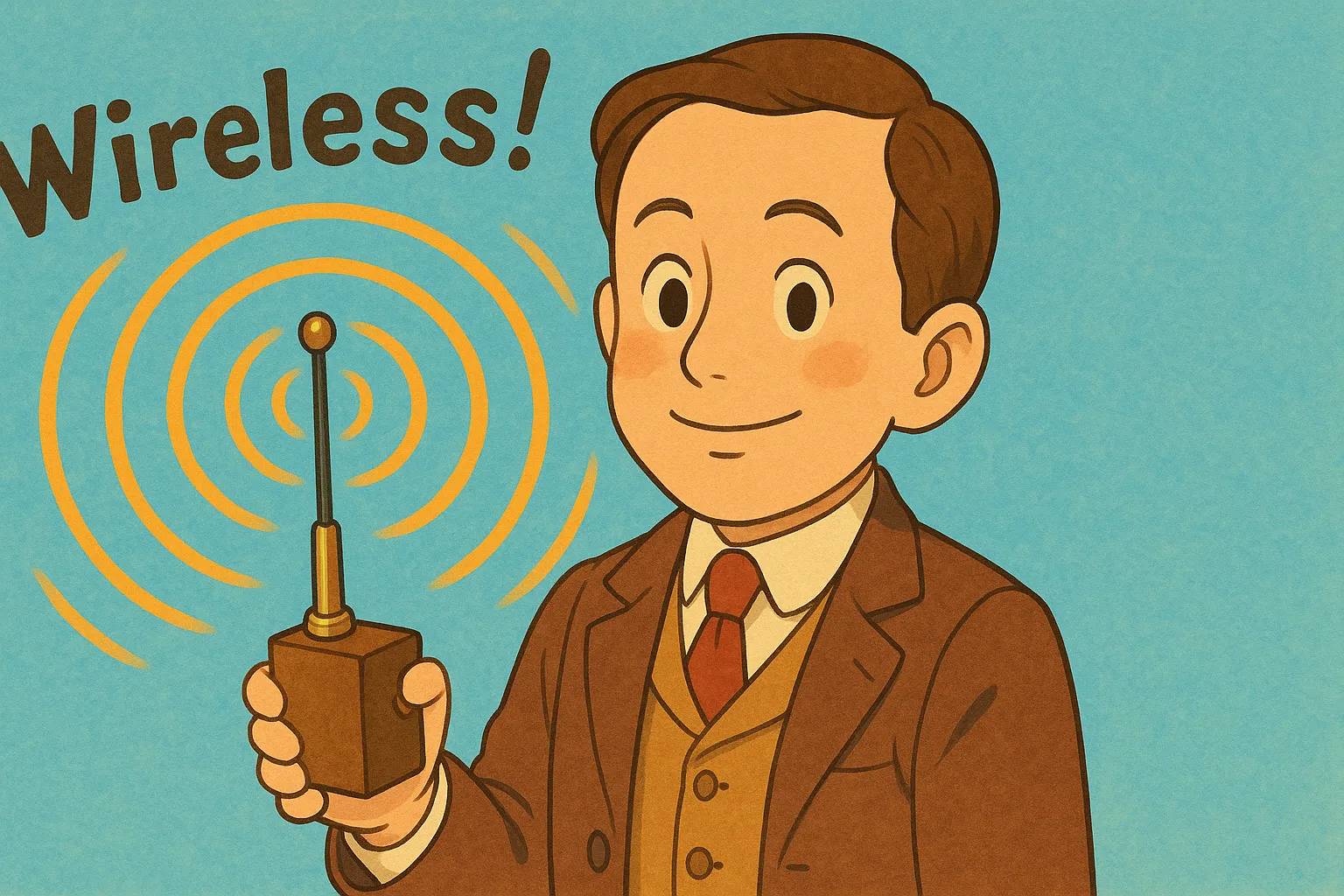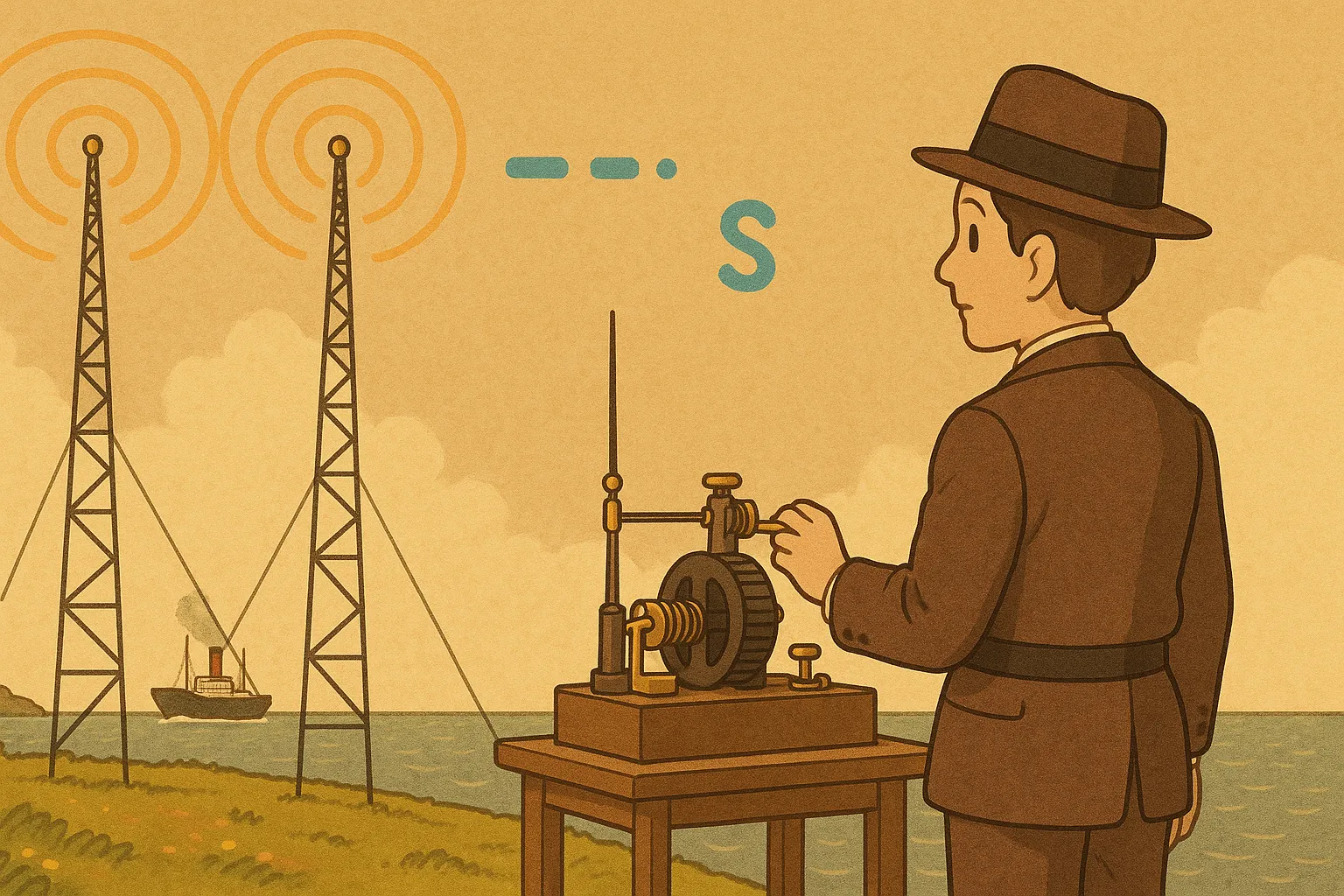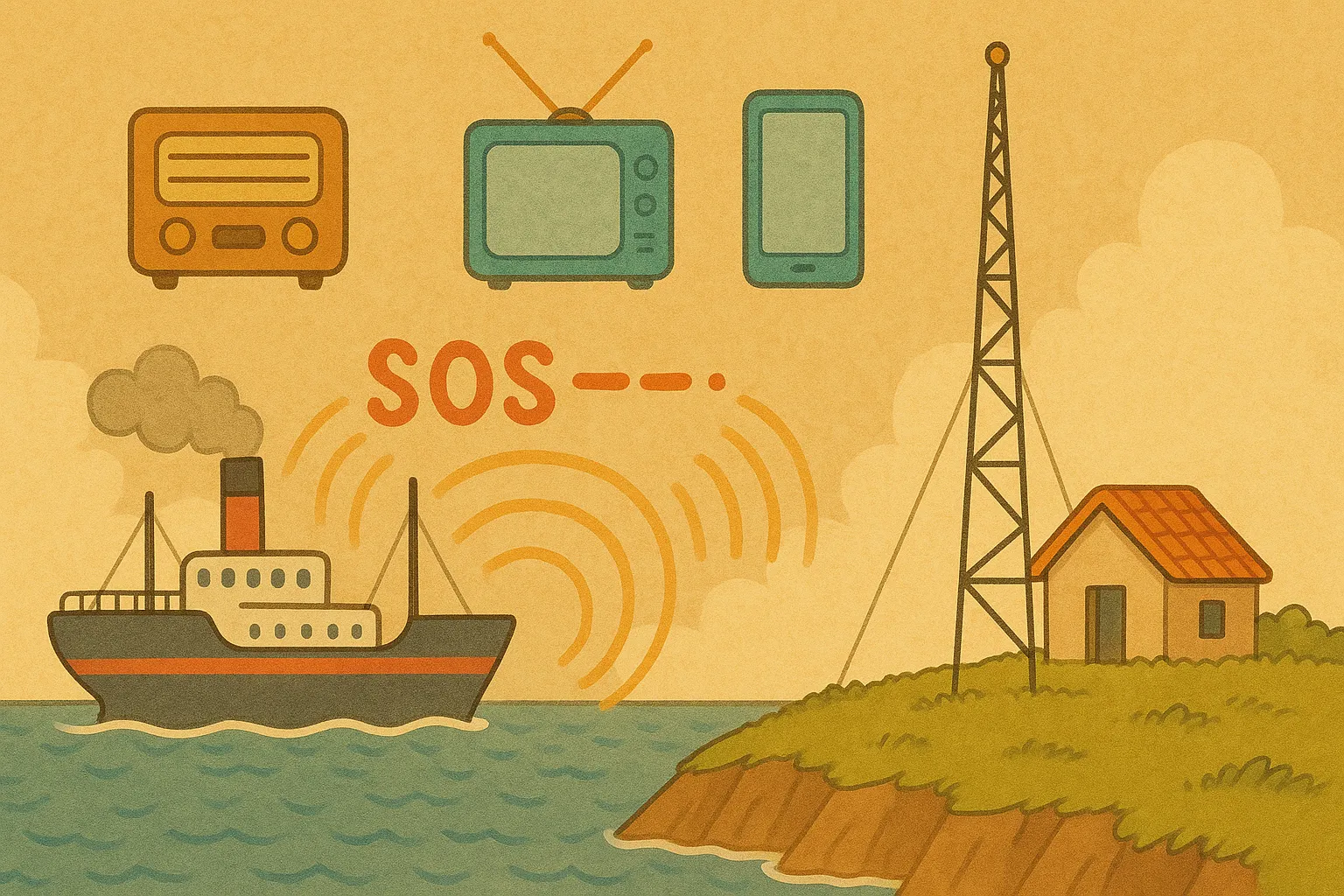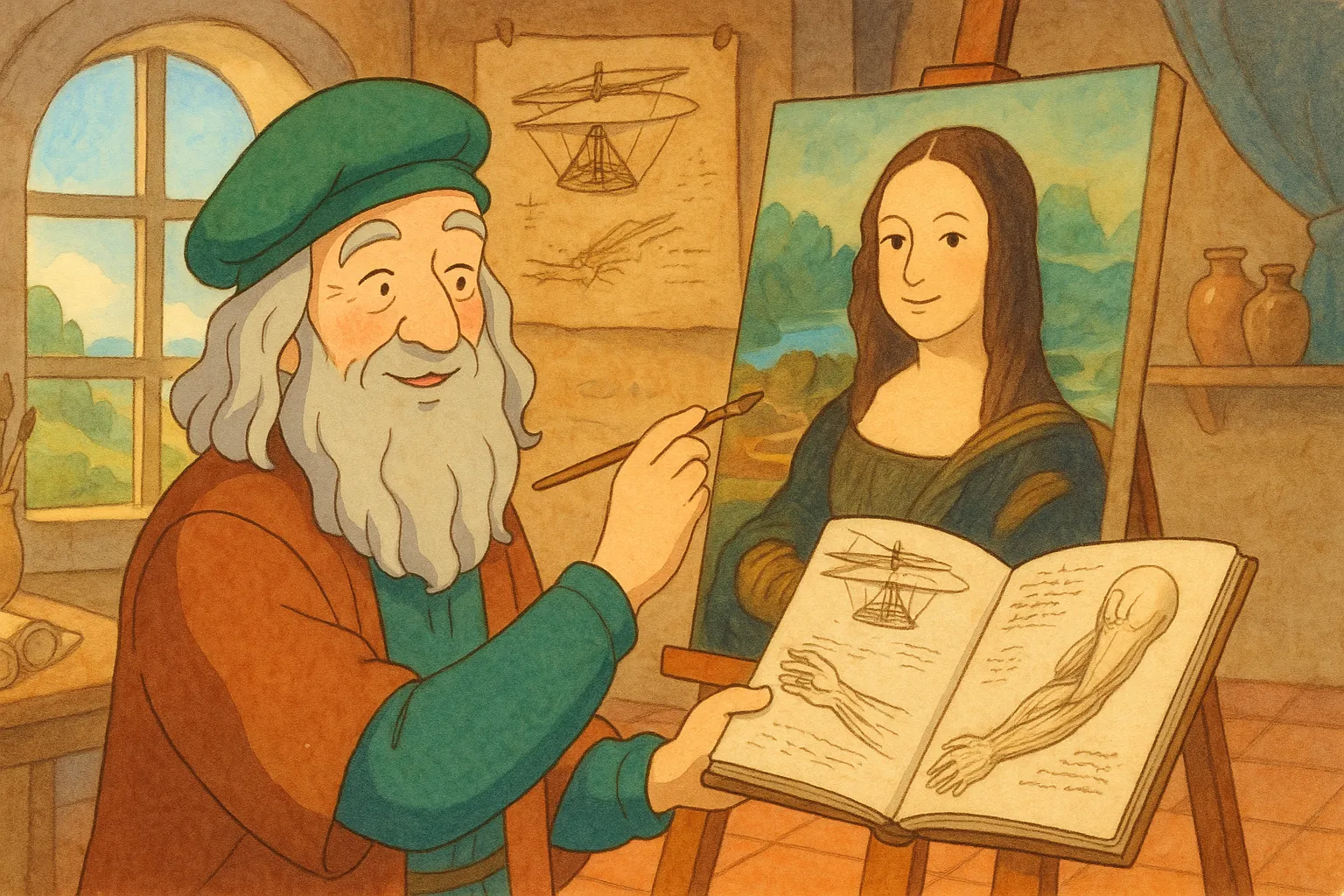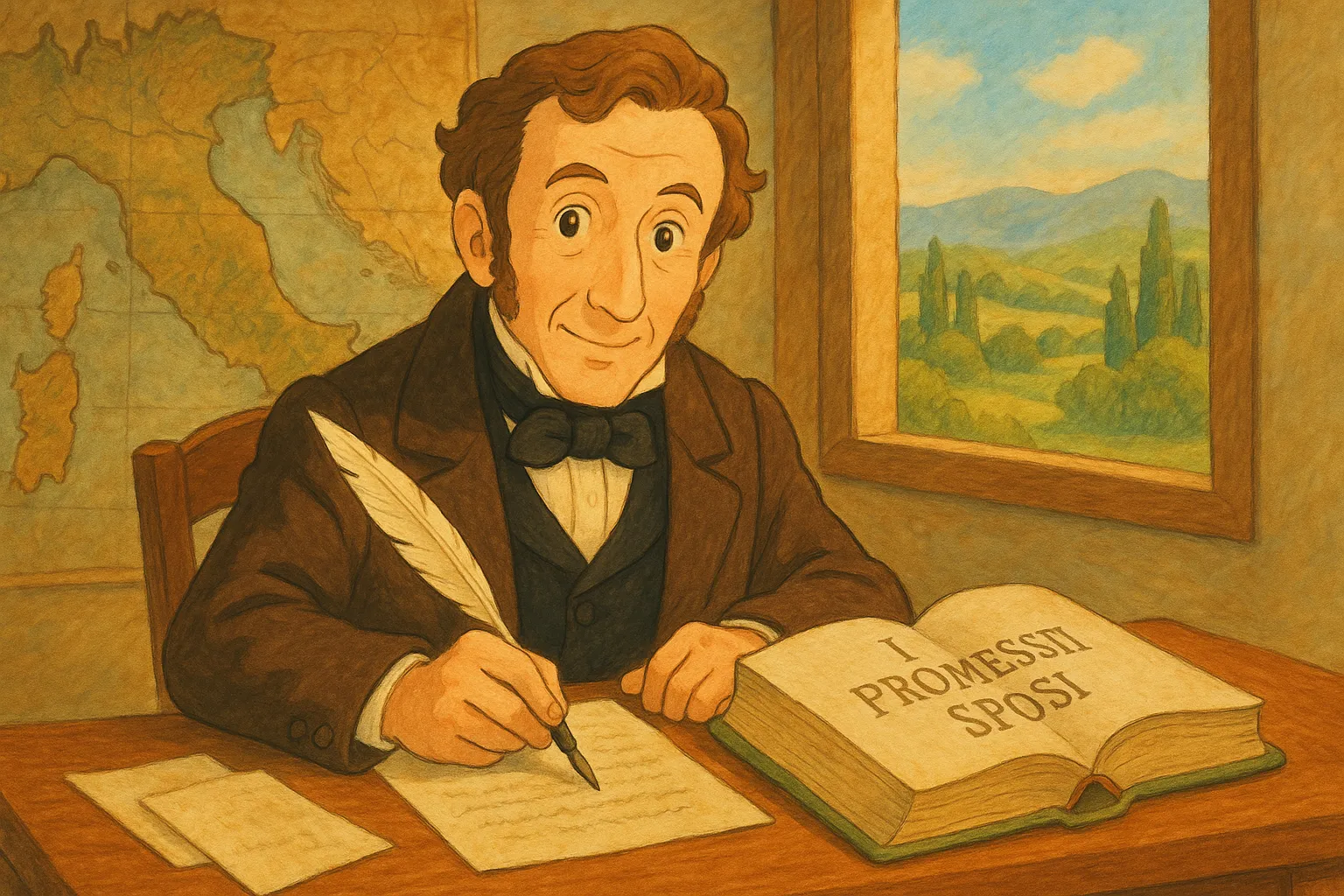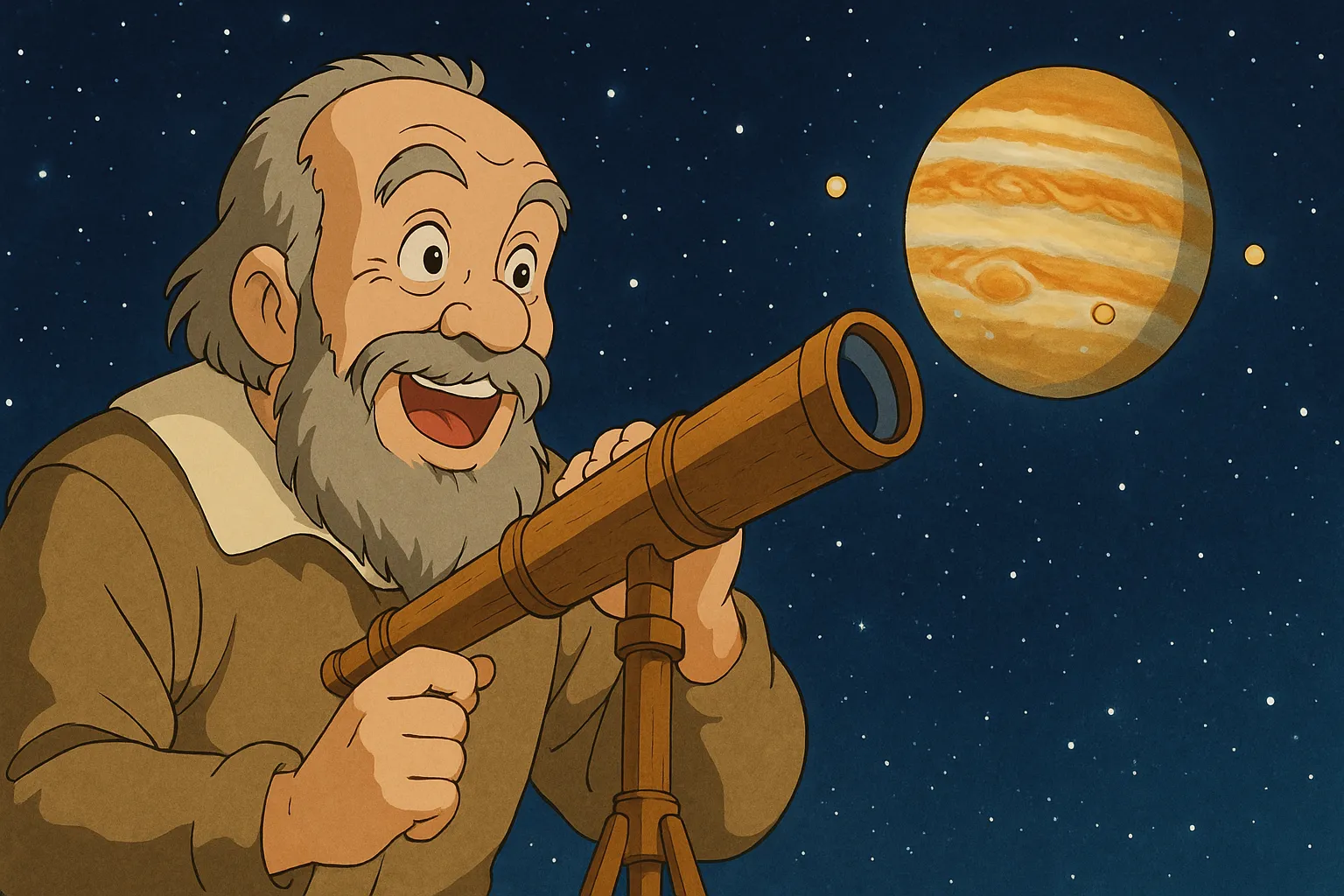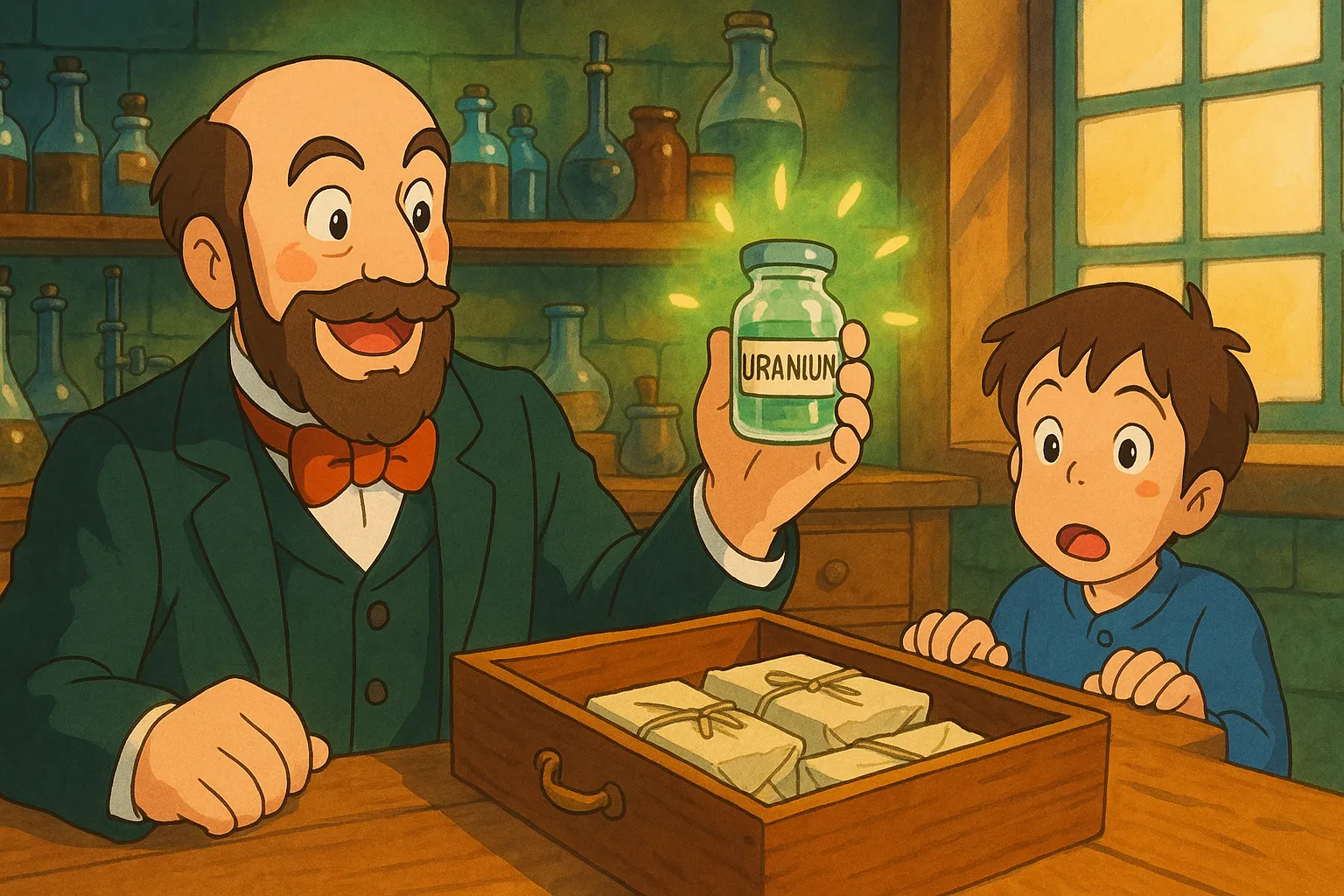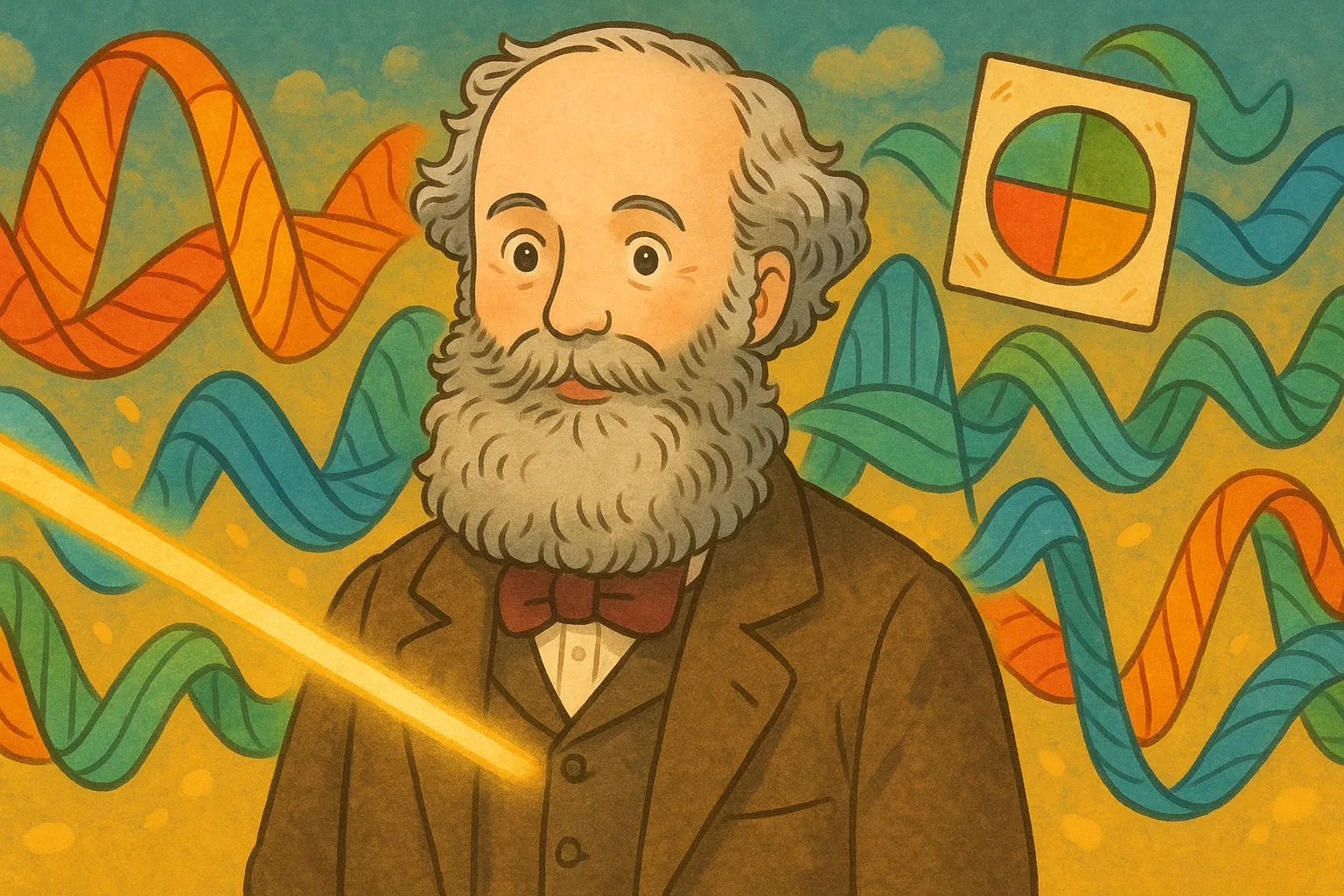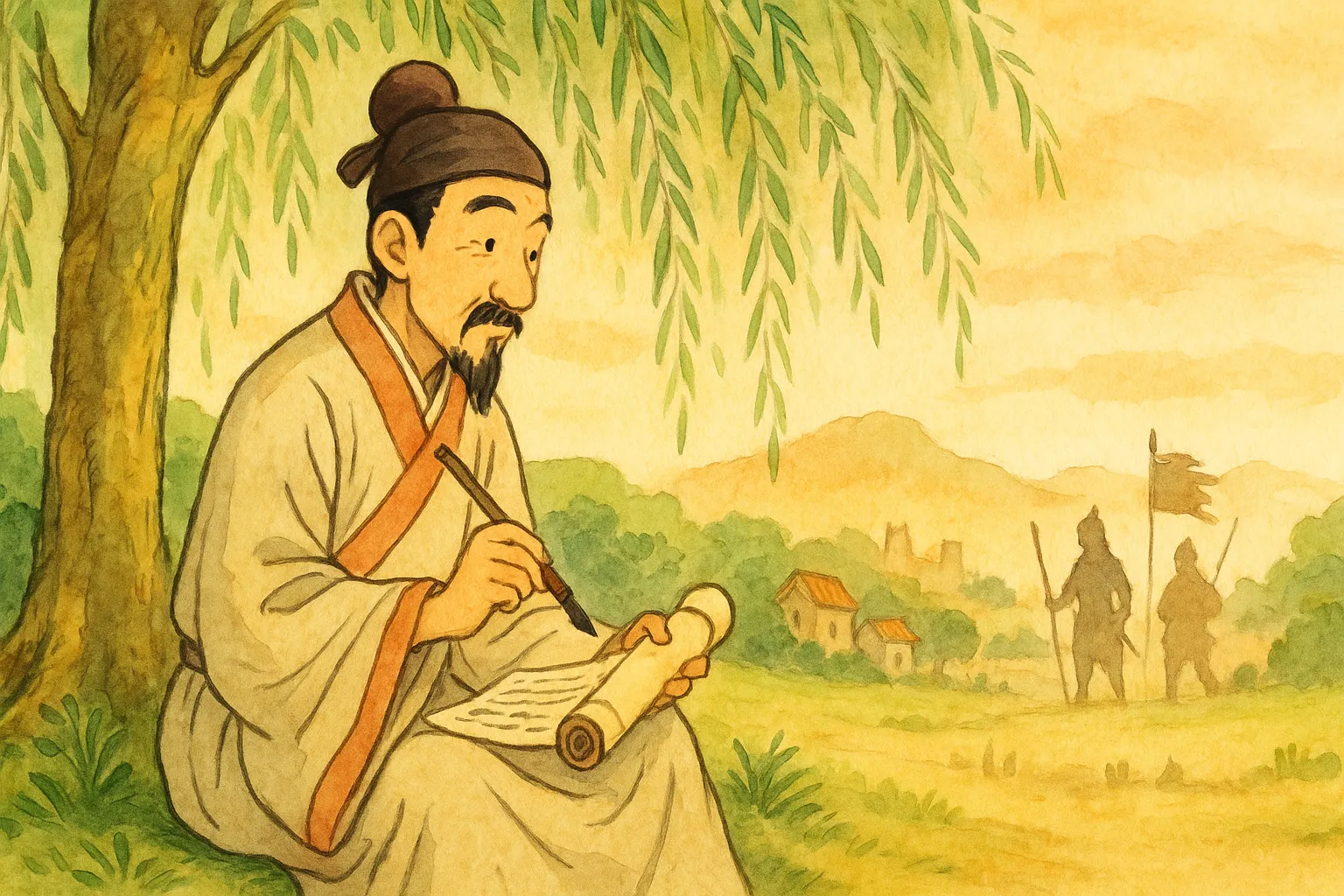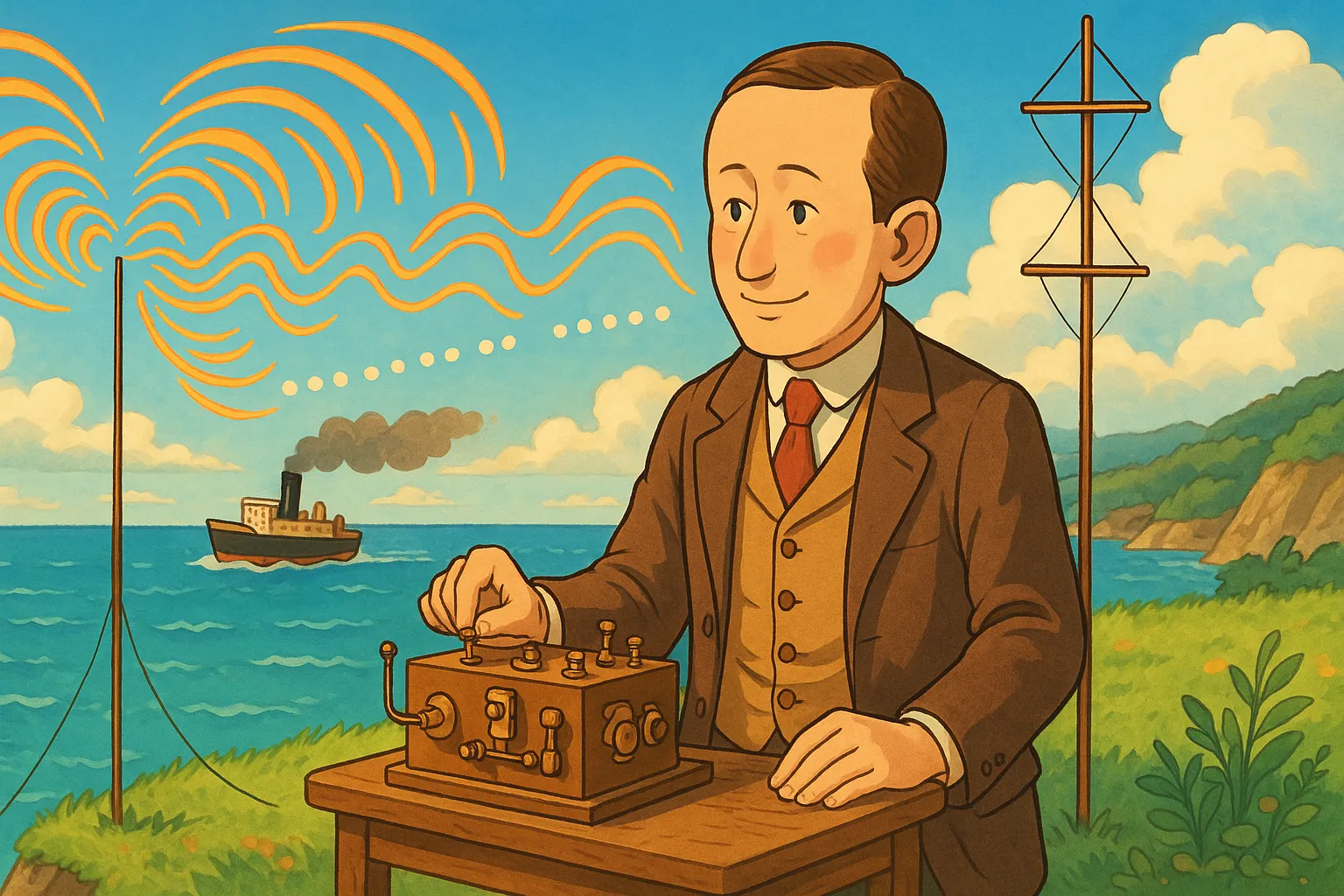
Frequently Asked Questions
When and where was Guglielmo Marconi born and when did he die?
He was born on 25 April 1874 in Bologna, Italy, and died on 20 July 1937 in Rome.
Was Marconi formally trained as a scientist?
He had private schooling and was largely self-taught as an experimenter. He studied scientific papers and combined practical tinkering with the existing physics of his day.
Who influenced or helped Marconi’s work?
He built on earlier science—James Clerk Maxwell’s theory and Heinrich Hertz’s experiments—and used components like Édouard Branly’s coherer while working with technicians and engineers.
Did Marconi face patent disputes over his inventions?
Yes. Several rivals, including claims linked to Nikola Tesla, challenged his patents. A notable U.S. court decision in 1943 altered some patent standings after Marconi’s death.
Was Marconi active in public life or politics?
He accepted honors and held official positions in Italy, interacting with government institutions of his era. Some of these roles tied him to national technology and communications planning.
Are any of Marconi’s original devices preserved today?
Yes. Many of his instruments and documents survive in museums and collections—most famously at the Marconi Museum (Villa Griffone) near Bologna and in several European institutions.
How do people view Marconi’s legacy today?
He is seen as a key figure who turned radio science into practical systems and businesses. Modern wireless technology has since evolved far beyond his early apparatus, but his role in commercialization and deployment remains central.
